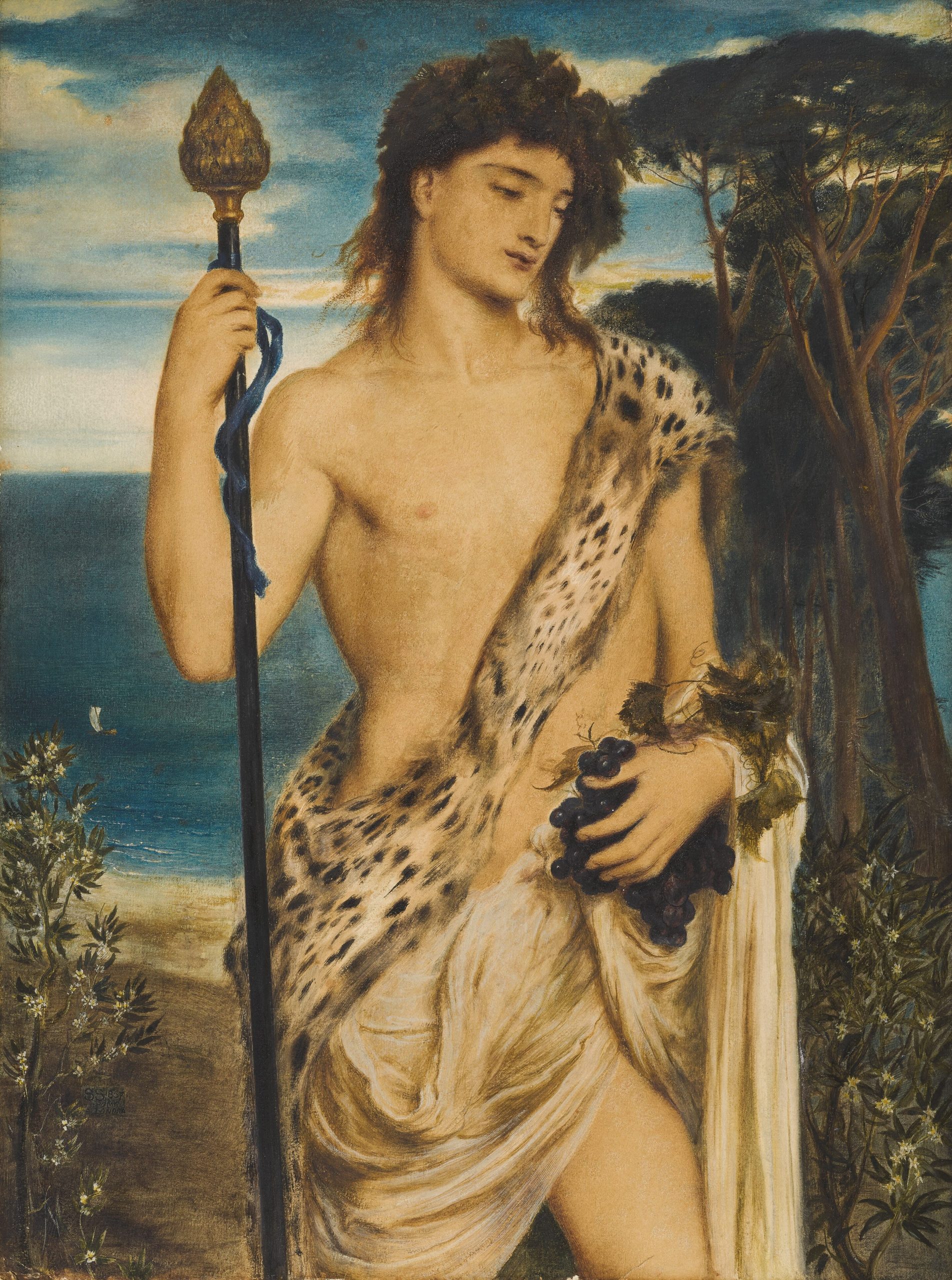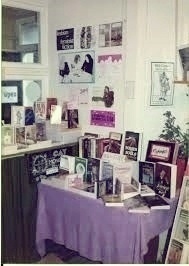Category: Queer publishing
-

“Indecent and obscene” – 40 years since Operation Tiger
You can now watch the recording of this event online In 1984, UK Customs and Excise officers raided Gay’s The Word bookshop in London and seized over 140 titles on […]
-

Dorian the Maenad
Lavender Menace volunteer, Michael, explores the queer links between The Picture of Dorian Gray and the Cult of Dionysus.
-

A Lavender Attic
‘LGBT+ archives,’ says Gerard Koskovich of the GLBT Historical Society of San Francisco, ‘are your queer grandma’s attic’. They are the place where younger generations will find our legacy.
-
Unsung: the queer books that tell our story – the video
As part of this year’s LGBT History Month, Bob and Sigrid took part in a live webinar conversation on 24 February with Chris Creegan about how queer books tell our […]
-
Rebecca by Daphine du Maurier
Rebecca by Daphne du Maurier.Gollancz, 1938; Virago (present publisher). Last night I dreamt I went to Manderley again… Rebecca, Daphne du Maurier’s best known novel, has never been out of […]
